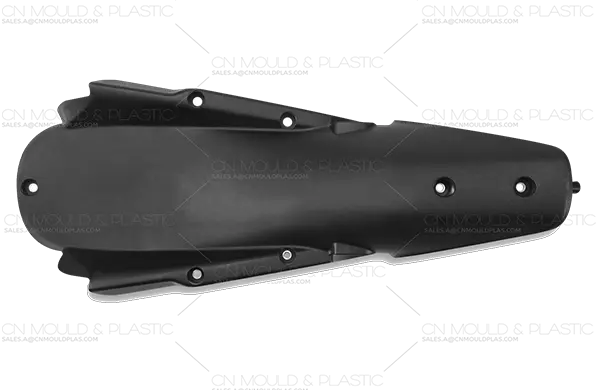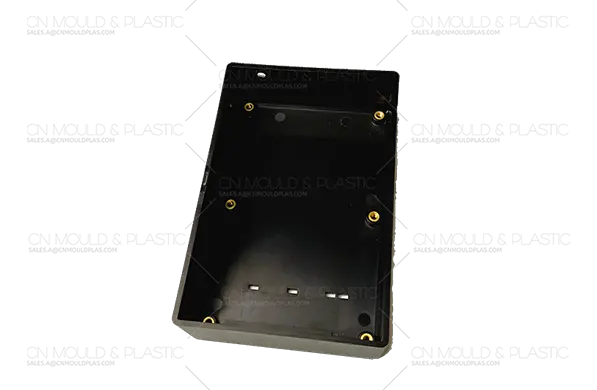
Make the product lighter and thinner.
Reduce the price of the goods.
Quicker product delivery.
Greater manufacturing capacity and faster injection rates.
Good production conditions, which guarantee the product's cleanliness and safety.

Basic element of Thin wall molding, the material fluidity is the key:
Material Temperature
Mold Temperature
Extent of Thin Wall
Injection Pressure

In CN Mould & Plastic Limited, maintain product strength in any of the following areas:
Material for Molding: Liquidity and strength of the material.
Processing Requirements: You must overcome the challenges of molding when designing products with thin walls.
Mold Goods: Increase the injection molding material's fluidity to prevent distortion during injection or ejection.
Molding Equipment: Improve the yield stability of thin wall product manufacture.
Product Shape: To keep the product strong, make injection easier and boost product yield.

The parts to be coated are placed in a mold and instantly heated molten plastic is injected into the mold, wrapping the surface of the parts, cooling, and curing to coat the parts with a layer of predetermined thickness and plastic appearance.
Consumer part, Automotive, medical, Industrial and Electronics.
Thin wall overmolding is typically more suitable for small to medium-sized parts due to the challenges of maintaining uniform thickness and structural integrity with larger parts. However, the feasibility of using thin wall overmolding for large parts may depend on factors such as the specific materials, design considerations, and equipment capabilities.
Polyethylene (PE), Polypropylene (PP), Polycarbonate (PC), Acrylonitrile Butadiene Styrene (ABS), PEEK, Nylon (PA 6, PA66, PA 12), Thermoplastic Elastomer (TPE), Thermoplastic Vulcanizate (TPV) and other materials.


